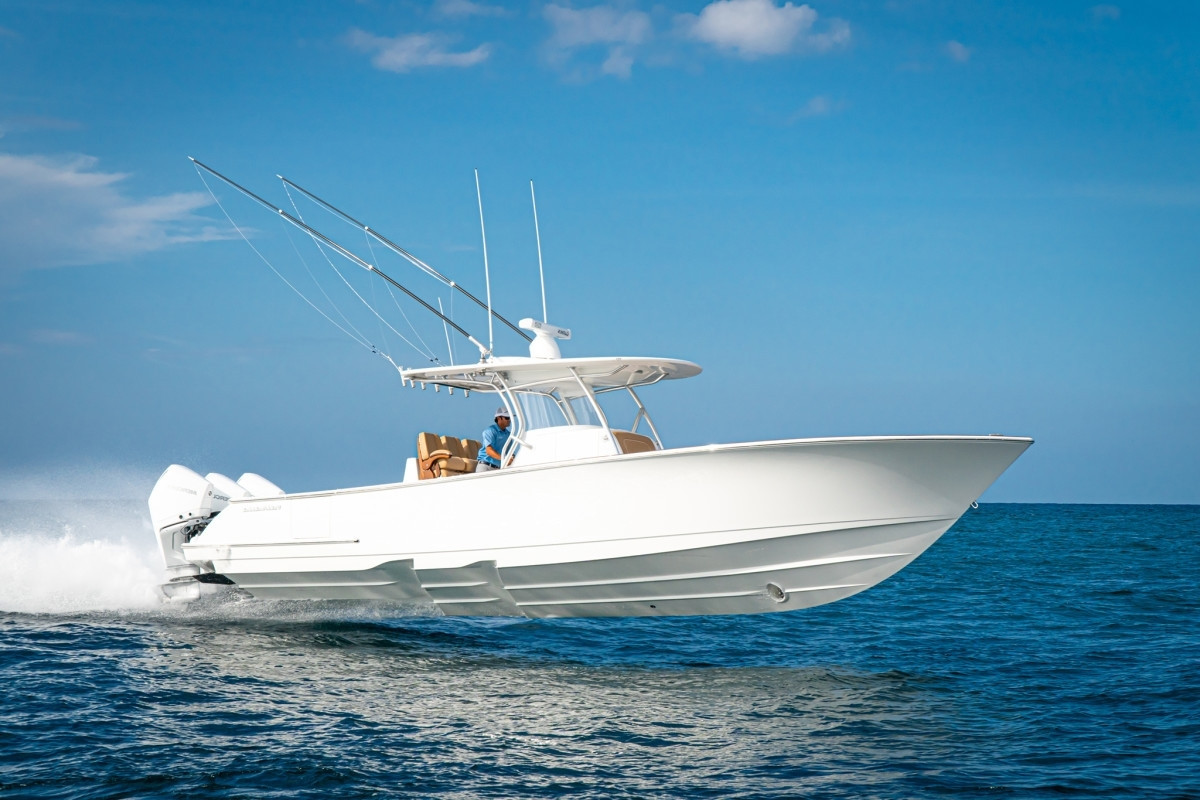
What is the hull of a boat? The hull is the main body of a boat, excluding the deck, mast, and other fittings. It’s the part that floats on water, providing buoyancy and stability. Understanding the hull is crucial for anyone interested in boating, whether you're a seasoned sailor or a curious beginner. From the materials used to the different shapes and designs, the hull plays a vital role in how a boat performs on the water. In this post, we’ll dive into 25 fascinating facts about boat hulls, shedding light on everything from construction techniques to the science behind their design. Get ready to set sail on a journey of knowledge!
What is the Hull of a Boat?
The hull is the main body of a boat or ship, including the bottom, sides, and deck but not the masts, rigging, engines, and other fittings. It's crucial for buoyancy and stability. Let's dive into some fascinating facts about boat hulls.
-
The hull's primary function is to keep the boat afloat by displacing water equal to the boat's weight.
-
Hulls come in various shapes, including flat-bottomed, V-shaped, and round-bottomed, each offering different performance characteristics.
-
Flat-bottomed hulls are great for calm waters, providing stability and ease of construction.
-
V-shaped hulls cut through water more efficiently, making them ideal for rougher seas.
-
Round-bottomed hulls offer a smooth ride but can be less stable without a keel or ballast.
Materials Used in Hull Construction
The materials used in hull construction have evolved over time, from traditional wood to modern composites. Each material offers unique benefits and drawbacks.
-
Wood was the earliest material used for hulls, prized for its availability and workability.
-
Steel hulls are incredibly strong and durable, often used in large ships and commercial vessels.
-
Aluminum hulls are lightweight and resistant to corrosion, making them popular for smaller boats.
-
Fiberglass hulls are common in recreational boats due to their strength, lightweight, and ease of maintenance.
-
Composite materials, like carbon fiber, offer high strength-to-weight ratios but can be expensive.
Hull Design and Performance
The design of a hull significantly impacts a boat's performance, including speed, stability, and maneuverability.
-
Planing hulls rise out of the water at high speeds, reducing drag and increasing speed.
-
Displacement hulls push through the water, offering a smoother ride but lower top speeds.
-
Semi-displacement hulls combine features of both planing and displacement hulls, providing a balance of speed and stability.
-
Catamaran hulls consist of two parallel hulls, offering excellent stability and reduced drag.
-
Trimaran hulls have three hulls, providing even greater stability and speed potential.
Hull Maintenance and Care
Proper maintenance of a boat's hull is essential for longevity and performance. Regular care can prevent costly repairs and ensure safety.
-
Anti-fouling paint prevents marine organisms from attaching to the hull, reducing drag and improving efficiency.
-
Regular cleaning removes algae, barnacles, and other debris that can damage the hull.
-
Inspecting for cracks, blisters, and other damage can prevent small issues from becoming major problems.
-
Applying a protective wax or sealant can help maintain the hull's finish and protect against UV damage.
-
Proper storage, such as using a boat lift or dry dock, can prevent hull damage when the boat is not in use.
Innovations in Hull Technology
Advancements in technology have led to innovative hull designs and materials, improving performance and sustainability.
-
Hydrofoil hulls lift the boat above the water at high speeds, reducing drag and increasing efficiency.
-
Air-cushion hulls use a cushion of air to lift the boat, allowing for high speeds and smooth rides over rough water.
-
Solar-powered hulls incorporate solar panels to provide renewable energy for propulsion and onboard systems.
-
Self-healing materials are being developed to automatically repair minor hull damage, reducing maintenance needs.
-
Smart hulls equipped with sensors can monitor structural integrity and provide real-time data to the crew.
The Hull's Hidden Secrets
Understanding the hull of a boat isn't just for sailors or shipbuilders. It's a fascinating dive into the world of marine engineering. From the materials used to the designs that affect speed and stability, the hull plays a crucial role in a boat's performance. Knowing these facts can help you appreciate the craftsmanship behind every vessel you see on the water. Whether you're a boating enthusiast or just curious, these insights can deepen your appreciation for the art and science of boat building. So next time you see a boat, you'll know a bit more about what makes it glide smoothly through the water. Keep these facts in mind, and you'll always have something interesting to share next time you're near the sea.
Was this page helpful?
Our commitment to delivering trustworthy and engaging content is at the heart of what we do. Each fact on our site is contributed by real users like you, bringing a wealth of diverse insights and information. To ensure the highest standards of accuracy and reliability, our dedicated editors meticulously review each submission. This process guarantees that the facts we share are not only fascinating but also credible. Trust in our commitment to quality and authenticity as you explore and learn with us.
